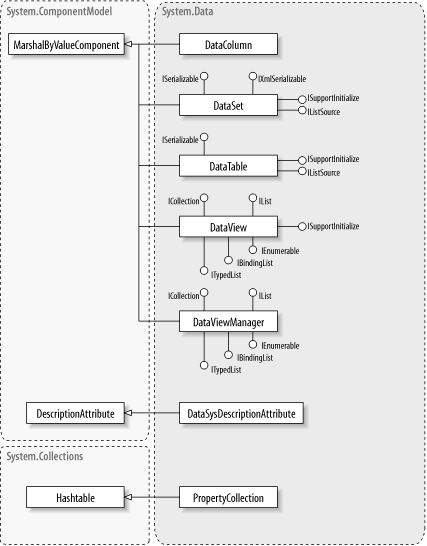Name
CommandBehavior
Synopsis
This enumeration is used with an overload of the
IDbCommand.ExecuteReader( ) method. Typically, you
don’t use this method directly but will instead use
the IDbCommand.ExecuteReader( ) method that
requires no arguments, which is functionally equivalent to calling
IDbCommand.ExecuteReader( ) with
Default. One notable exception is when you access
BLOB information (a column that contains a binary large object). In
this case, the SequentialAccess value is useful
because it instructs .NET not to load the entire row into memory at
once. Rather, the row is read as a stream, and you can use the
IDataRecord.GetBytes( ) method (exposed by most
DataReader objects) to specify a byte location to
start the read operation and the number of bytes to read for the data
returned. This technique is demonstrated in Chapter 5. You can also use other
CommandBehavior enumeration values to specify the
command to return a single value, a single row, column schema
information, or column and primary key information.
public enum CommandBehavior { Default = 0x00000000, SingleResult = 0x00000001, SchemaOnly = 0x00000002, KeyInfo = 0x00000004, SingleRow = 0x00000008, SequentialAccess = 0x00000010, CloseConnection = 0x00000020 }
 |
Hierarchy
System.Object
→
System.ValueType
→
System.Enum(System.IComparable, System.IFormattable, System.IConvertible) ...
Get ADO.NET in a Nutshell now with the O’Reilly learning platform.
O’Reilly members experience books, live events, courses curated by job role, and more from O’Reilly and nearly 200 top publishers.

